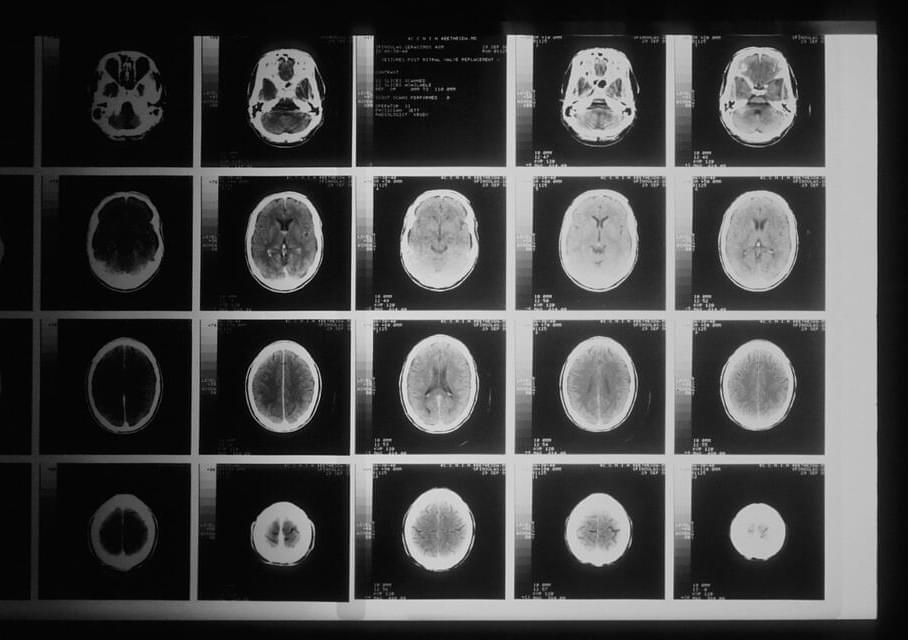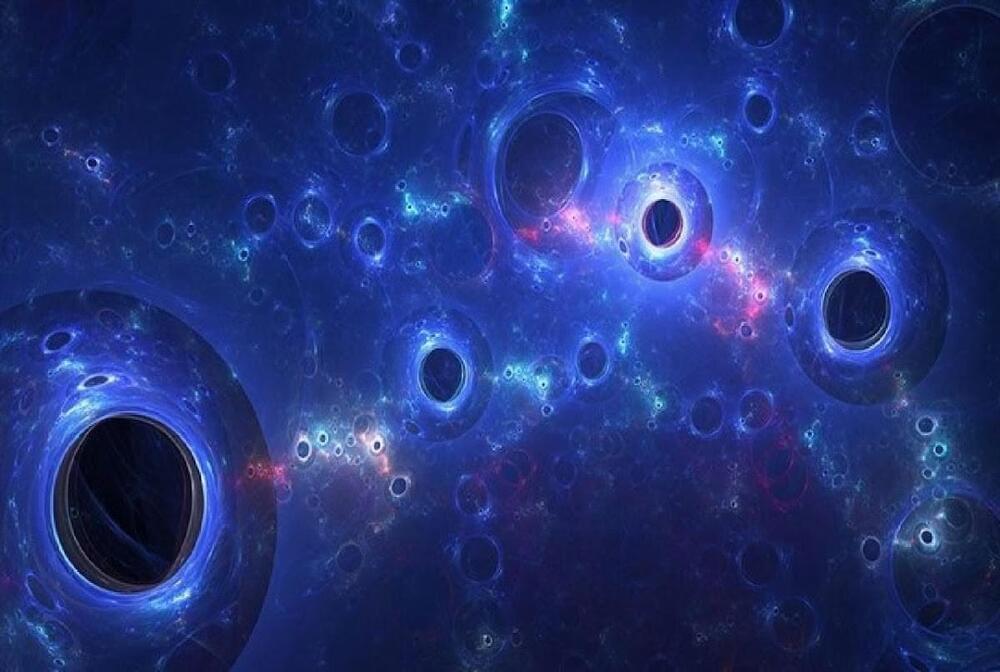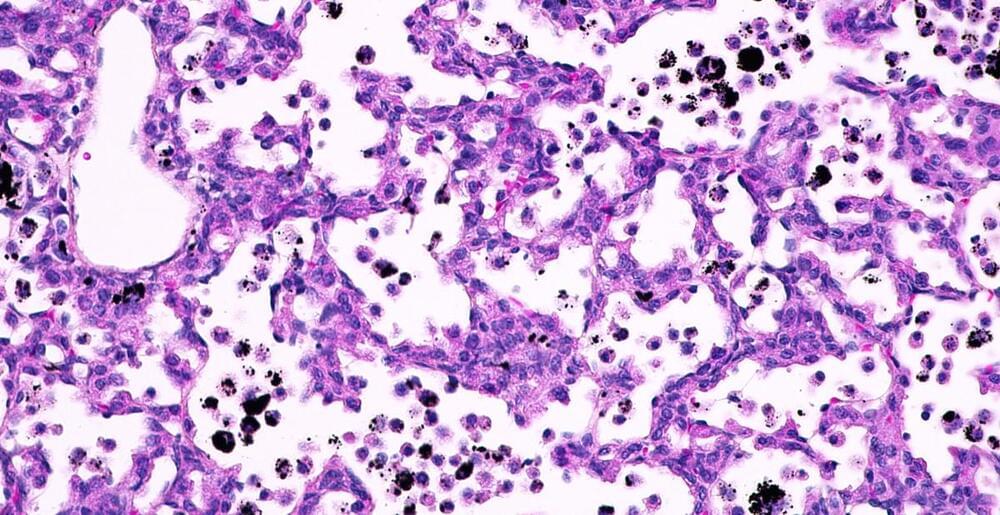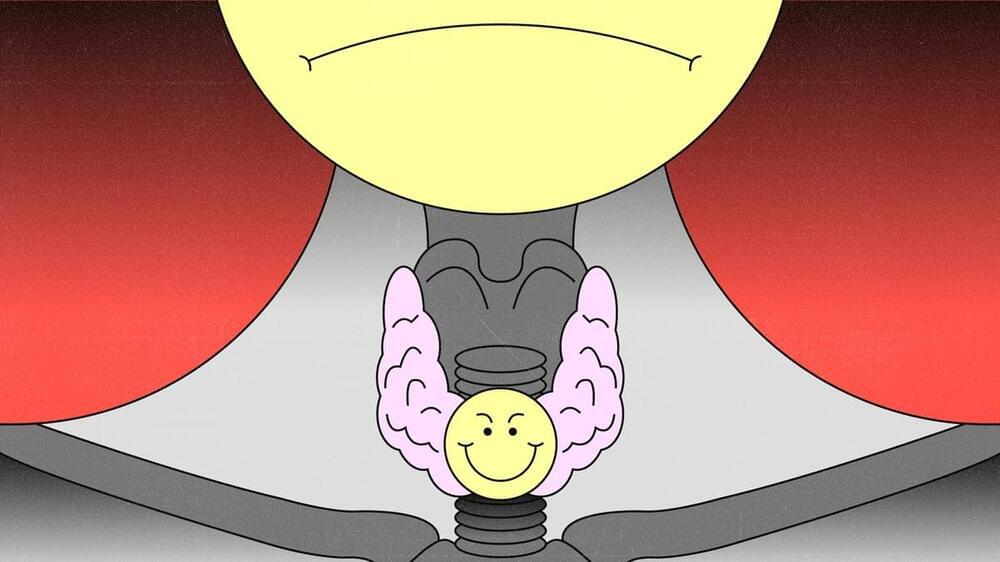Europe just set a $60 price cap on Moscow’s oil — so the Russian president has “basically destroyed his most important market,” Dan Yergin said.


A lot of anti-ageing vids lately. Good. This concerns Turn.bio. Though not in this vid, MH does have a habit of asking ‘When?” at some point. Previously Turn.bio said they have a first working treatment in just a few years so we’ll see what happens in vids to come of this interview.
In this video Professor Sebastiano introduces ERA, Epigenetic Reprogramming of Age technology and talks about his thoughts on some of the causes of aging.
Professor Vittorio Sebastiano manages a lab in Stanford University which developed and patented technology for partial cellular reprogramming. He co-founded Turn Bio, where he is now Head of research, to translate this technology into clinical applications. And with that, let me start the interview.
Turn Bio website.
https://www.turn.bio/
Professor Sebastiano’s lab at Stanford.
https://med.stanford.edu/stemcell/institutefaculty/sebastiano.html.
Transient non-integrative expression of nuclear reprogramming factors promotes multifaceted amelioration of aging in human cells.
https://pubmed.ncbi.nlm.nih.gov/32210226/
Renue By Science 10% of all products: https://tinyurl.com/4yrf4tv3
Patrick Burgermeister of KIZOO Technology Ventures presents at Investing in the Age of Longevity 2022. In his talk, Patrick gives an overview of KIZOO Technology Ventures’ investment strategy, with a particular focus on misson-driven investments in early stage companies that open new categories of treatment. Patrick showcases six biotech startups that form part of the company’s key investments: Cellvie, Revel, Cyclarity, LIfT BioSciences, Elastrin, and Mogling Bio.
Download the presentation slides: https://bit.ly/IAL22-Patrick-Burgermeister.
Investing in the Age of Longevity 2022 was held in London on 17 November 2022. The one-day masterclass featured presentations from scientists and business leaders at the cutting edge of the field, giving participants the inside track on the latest aging-related discoveries and investment opportunities.
Download the event programme: https://www.masterinvestor.co.uk/IAL22
Find out more about past and upcoming Master Investor events: https://events.masterinvestor.co.uk

Researchers at Penn Medicine and Intel Corporation led the largest-to-date global machine learning effort to securely aggregate knowledge from brain scans of 6,314 glioblastoma (GBM) patients at 71 sites around the globe and develop a model that can enhance identification and prediction of boundaries in three tumor sub-compartments, without compromising patient privacy. Their findings were published today in Nature Communications.
“This is the single largest and most diverse dataset of glioblastoma patients ever considered in the literature, and was made possible through federated learning,” said senior author Spyridon Bakas, Ph.D., an assistant professor of Pathology & Laboratory Medicine, and Radiology, at the Perelman School of Medicine at the University of Pennsylvania. “The more data we can feed into machine learning models, the more accurate they become, which in turn can improve our ability to understand, treat, and remove glioblastoma in patients with more precision.”
Researchers studying rare conditions, like GBM, an aggressive type of brain tumor, often have patient populations limited to their own institution or geographical location. Due to privacy protection legislation, such as the Health Insurance Portability and Accountability Act of 1996 (HIPAA) in the United States, and General Data Protection Regulation (GDPR) in Europe, data sharing collaborations across institutions without compromising patient privacy data is a major obstacle for many healthcare providers.

These fundamental units of the brain and nervous system – composed of the cell body, the dendrites and the axon (a long, thin extension responsible for communicating with other cells) – receive sensory input from the external world, send motor commands to our muscles and for transform and relay the electrical signals at every step in between.
“Our novel method of creating ‘mini-brains’ opens the door to finding solutions for various neurological impairments”
Prof. Orit Shefi and doctoral student Reut Plen from the Kofkin Faculty of Engineering at Bar-Ilan University (BIU) have developed a novel technique to overcome this challenge using nanotechnology and magnetic manipulations – one of the most innovative approaches to creating neural networks. Their research was recently published in the peer-reviewed journal Advanced Functional Materials under the title “Bioengineering 3D Neural Networks Using Magnetic Manipulations.”



While it may seem common knowledge that smoking is bad for your lungs, if and how ultrafine particles present in cigarette smoke impact the development and progression of lung cancer remains unclear. Working with animal models, researchers at Baylor College of Medicine sought to find how airborne ultrafine particles in smoke can change a host’s defense against lung cancer.
In a study published in the current edition of Science Advances, Dr. Cheng-Yen Chang, a postdoctoral fellow in Dr. Farrah Kheradmand’s lab in the Department of Medicine – Pulmonary at Baylor, and their team discovered that exposure to ultrafine particles alters the function of immune cells in the lungs, disabling their natural defense mechanism against tumors. They found that ultrafine particles change the cell’s primary energy source, creating new byproducts in the lungs. Accumulation of the new byproducts can decrease the host’s immune defense, allowing tumors to escape detection.
These particles are not just found in cigarette smoke; environmental and other natural fires also incompletely combust organic matter that generates ultrafine particles. Kheradmand and colleagues at Rice University had previously found that immune cells in the lungs of heavy smokers contain particles that they identified as nano-sized elemental carbon black.


This article originally appeared on VICE Italy.
“After seeing my results, the doctor was surprised I hadn’t arrived on my hands and knees,” said Alice, who’s spent the past five years in treatment for hypothyroidism. The thyroid gland is a key organ regulating all kinds of functions in the body – meaning a defective thyroid can have a huge impact on your quality of life.
About 6 million people have thyroid disorders here in Italy and it’s estimated about 3.8 percent of the population of Europe is affected by some kind of thyroid dysfunction. But they often go unnoticed.